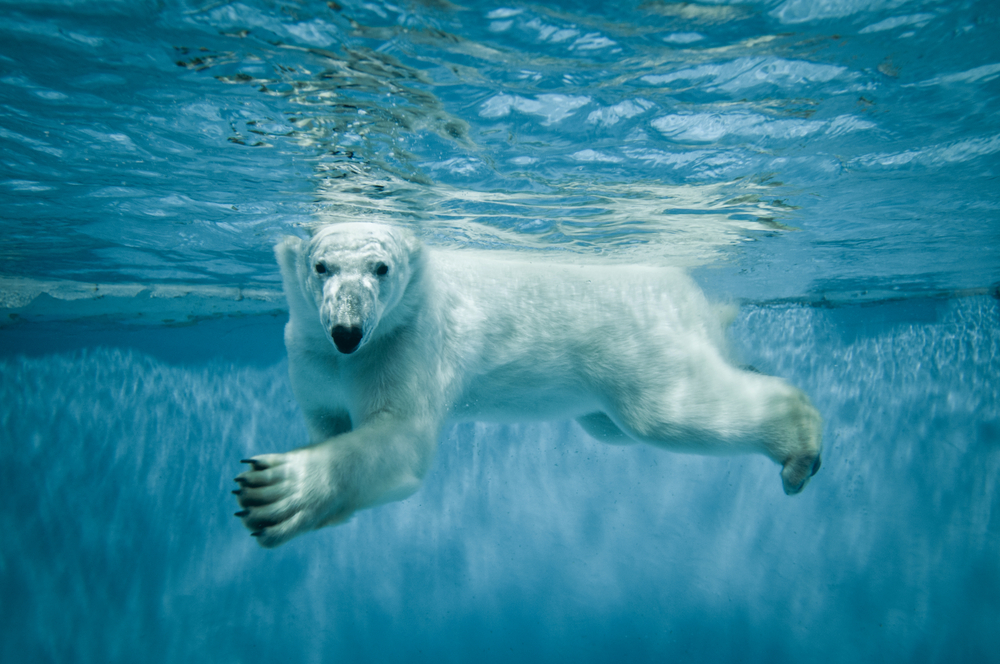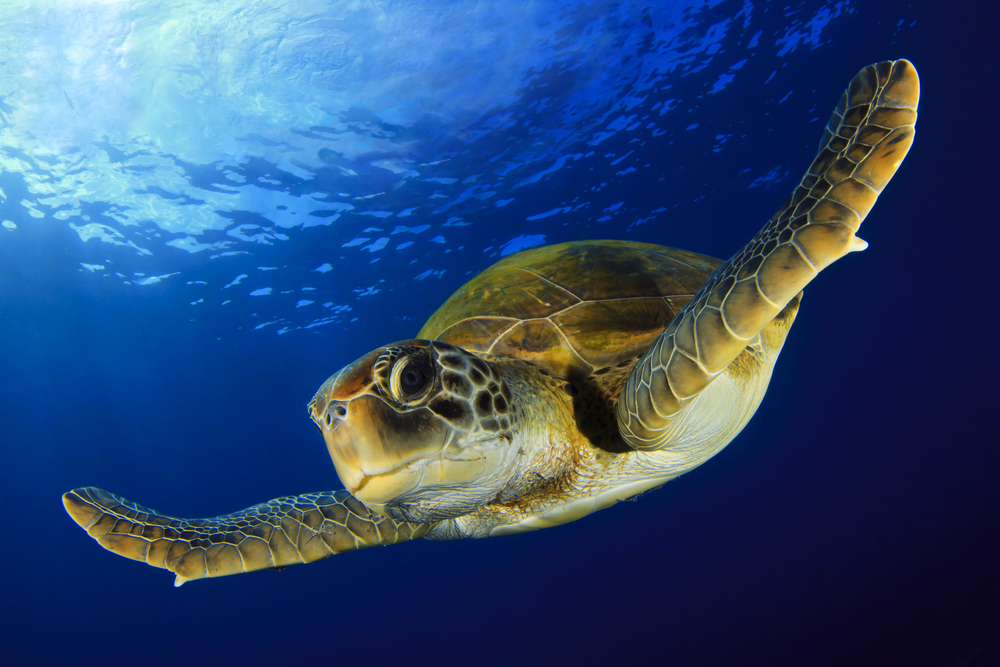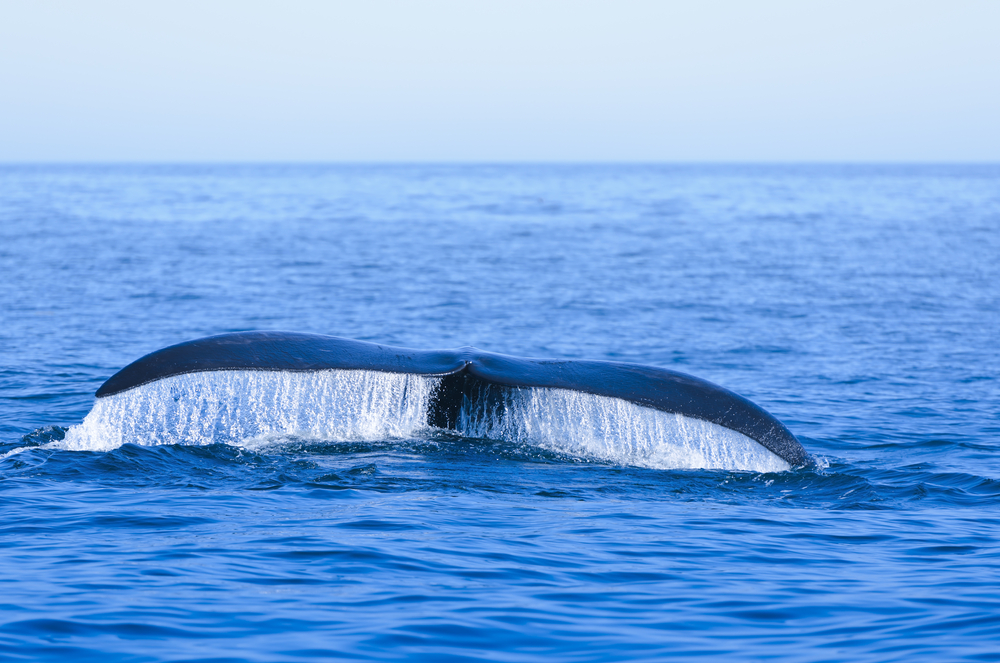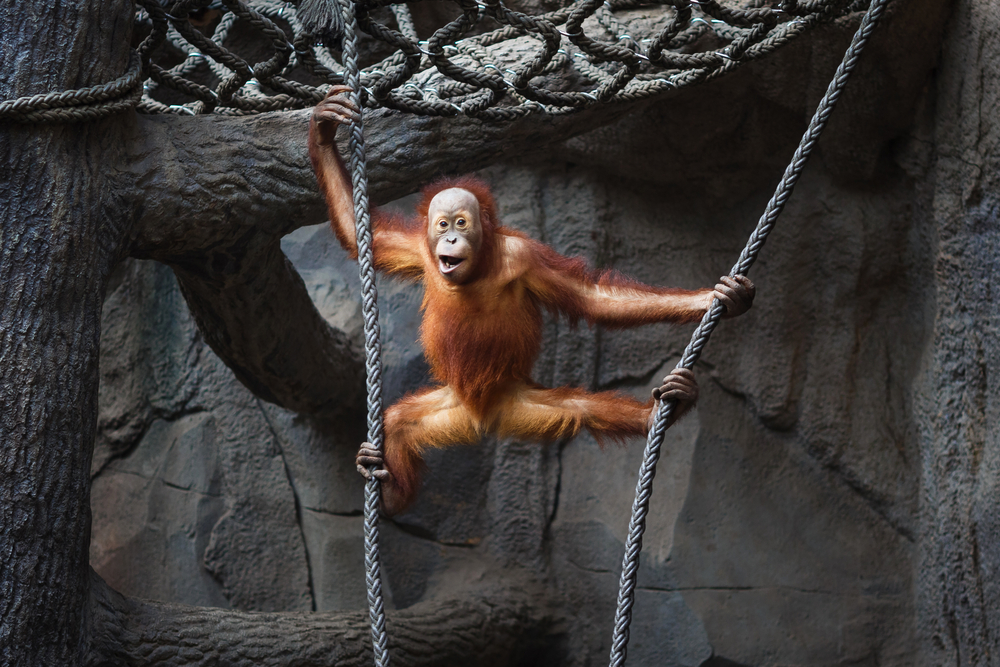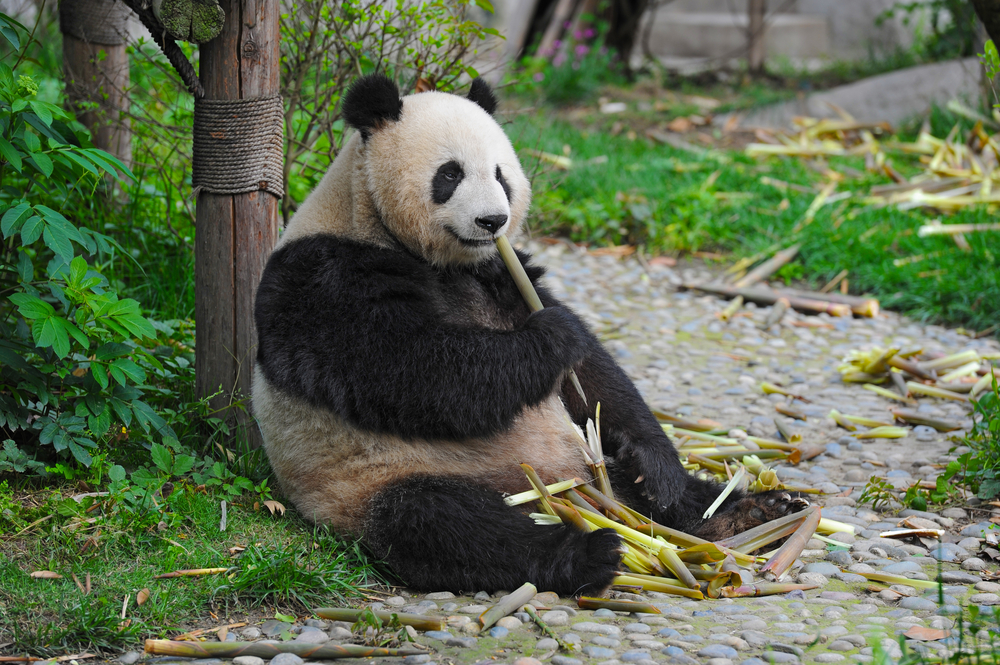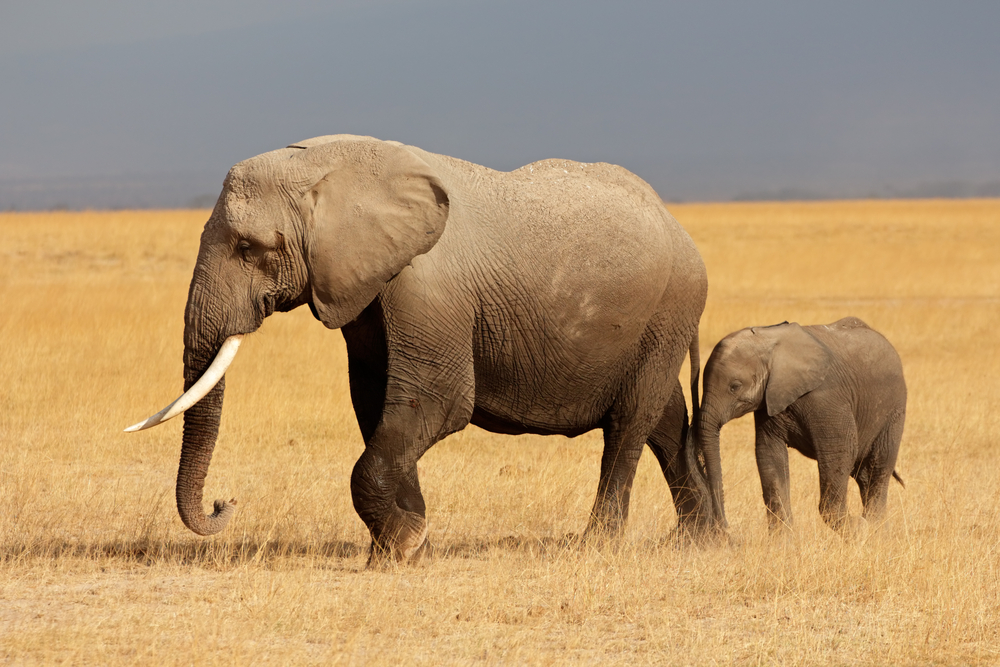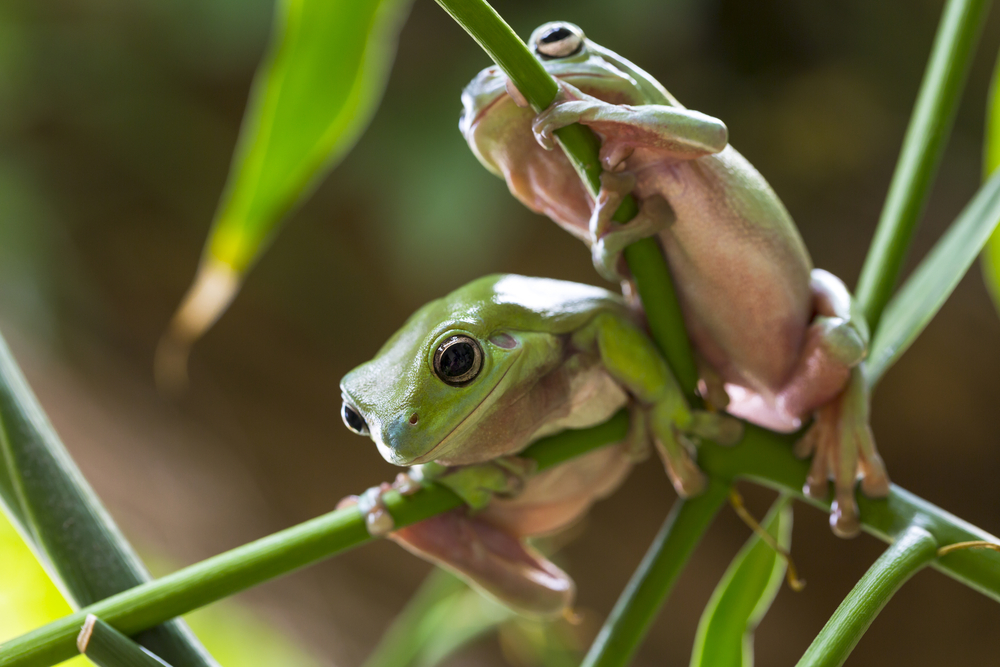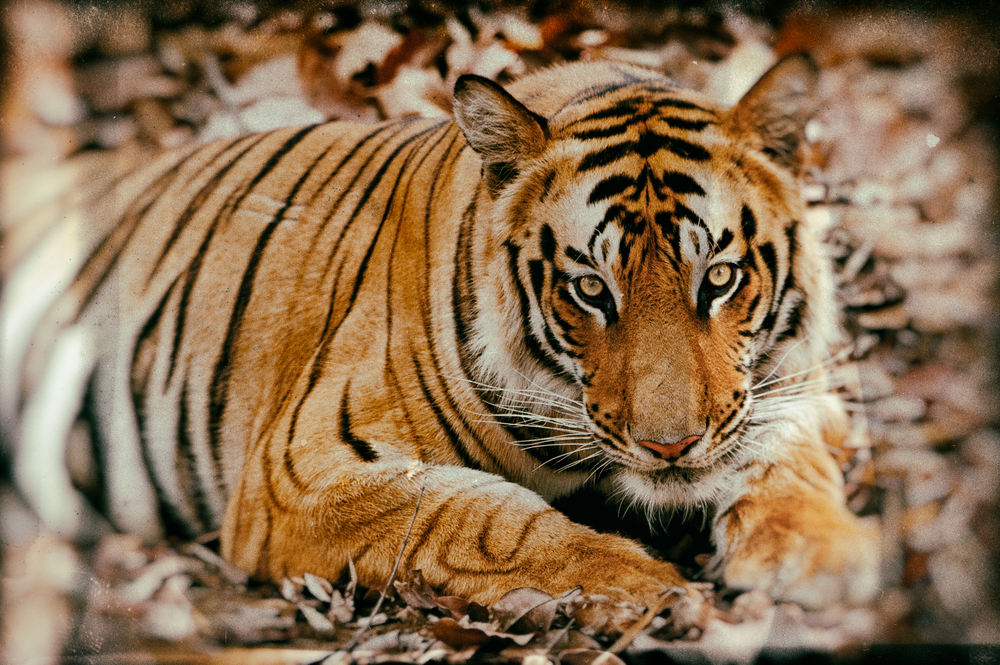The Earth has been increasingly getting warmer over the past few decades – and while we may not notice the difference too much, the effects of the rising heat have a drastic impact on the habitats of our friends in the animal kingdom. Here is a list of nine species that World Wide Fund for Nature (WWF) have listed that are endangered due to climate change.
Polar Bears
This should not come as a surprise – there has been sufficient media attention given to the melting ice caps in the north. This makes hunting extremely difficult for polar bears as they rely on ice caps for hunting. With arctic ice melting at an insane 9% per decade, polar bears have reached a critical level in existence.
Sea Turtles (Brazil)
The Rising sea levels in Brazil have made it difficult for sea turtles to lay their eggs on the beaches. It is cited that the temperature is crucial in determining the sex of the offspring; cold cites produce males whereas females are produced in warm. The production of males has come under severe scrutiny to the increase in heat.
North Atlantic Right Whales
Of all the large whales, the North Atlantic Right Whale is the most endangered; their individual numbers exist somewhere in 300-350. Apart from facing attacks from humans, the drastic changes in the temperature of the waters have lessened the availability of their food; they feed on plankton.
Orangutan (Indonesia)
Orangutans, the only great ape native to Asia, are in a deep mess. Apart from humans devastating through their habitats, climate change is playing a huge role in the frequency and lengths of droughts; they are expected to be extinct within a few decades. Another addition to the misery comes through the unacceptable amounts of bushfires that their habitats have been experiencing – another result of extreme hot temperatures.
Giant Panda (China)
There are roughly about 1600 pandas left in the wild – and an additional 300 in captivities. Along with poachers, climate change threatens pandas; pandas rely on bamboos as their staple food and the rise in temperatures could be an issue for bamboo to grow in abundance.
Elephants (Africa)
The extreme heat and long periods of drought are consistently forcing elephants to leave their natural habitats – this would be okay but unfortunately leaving their habitats leads them to come into contact with humans; you know where this is going.
Frogs (Australia)
Climate change is playing a serious role in affecting the home range and the breeding cycles of various species of frogs in Australia. Higher temperatures help dry out their breeding pools – this is a major problem for creatures that need wetlands to thrive. The situation also affects the adults as drier temperatures make it easy for them to dehydrate – a process that becomes faster due to low levels of internal water and their permeable skin.
Tigers (India)
A good portion of the tigers in India live in the mangrove forests. Signs of rising levels of water in the may reveal to be a potential threat to the tiger population – as if they don’t have it bad enough; apart from watching out for poachers, they also compete for their food with locals. There are roughly about 3200 tigers in the whole world.

